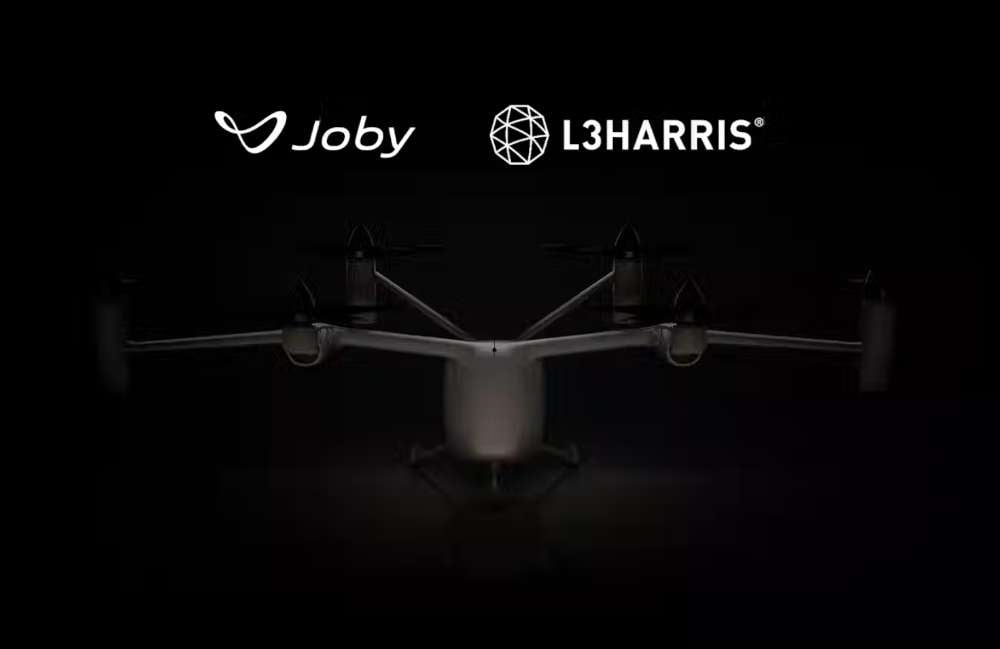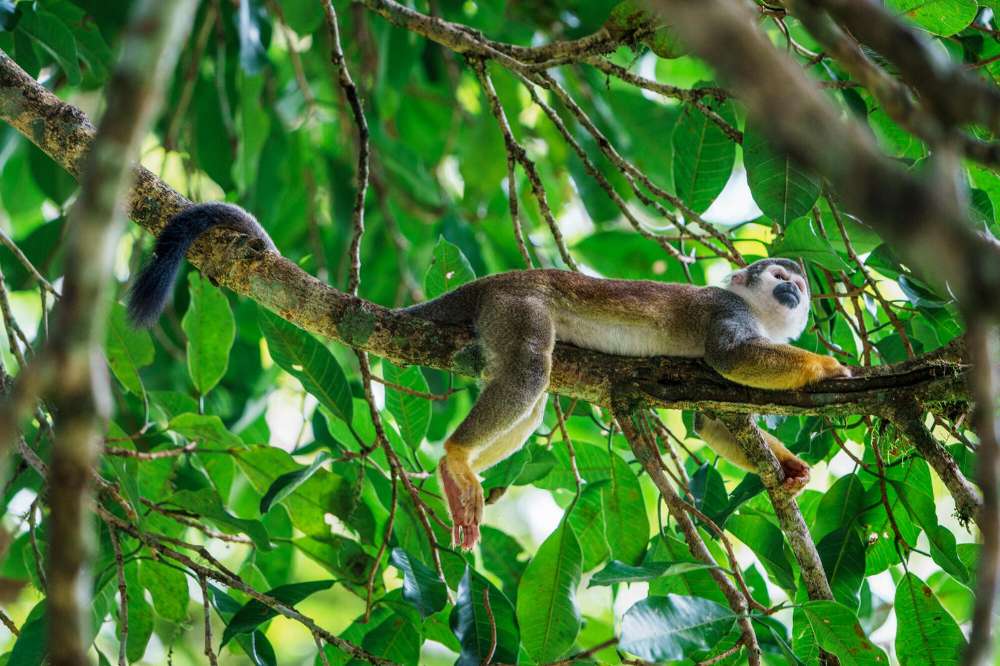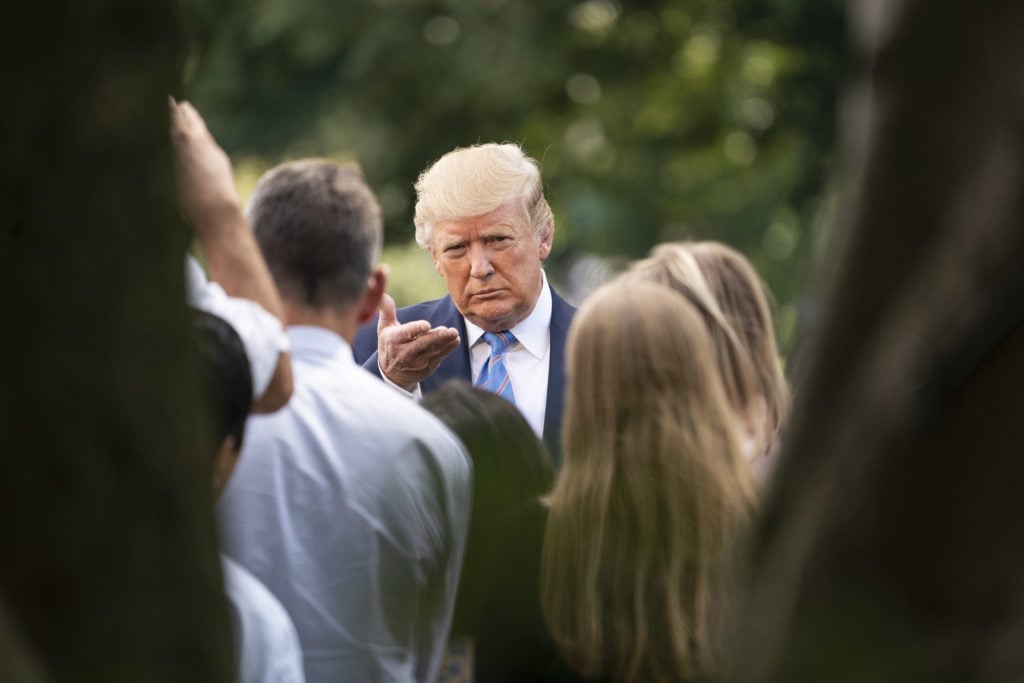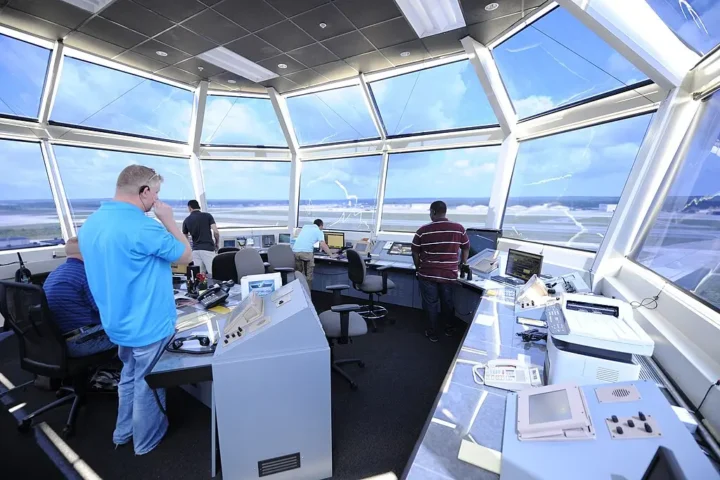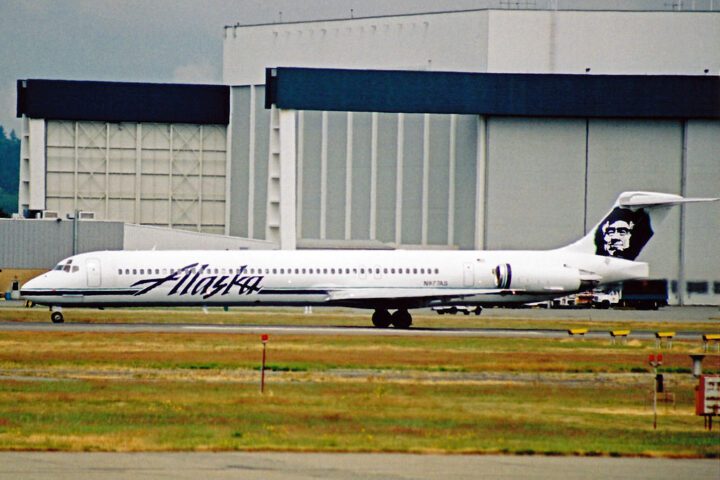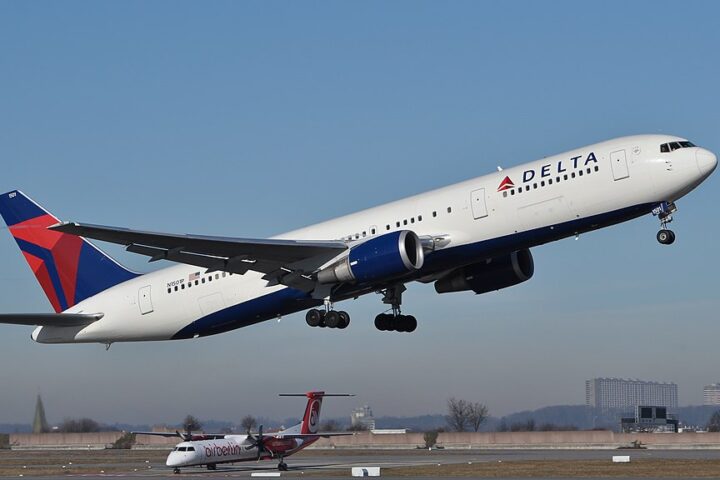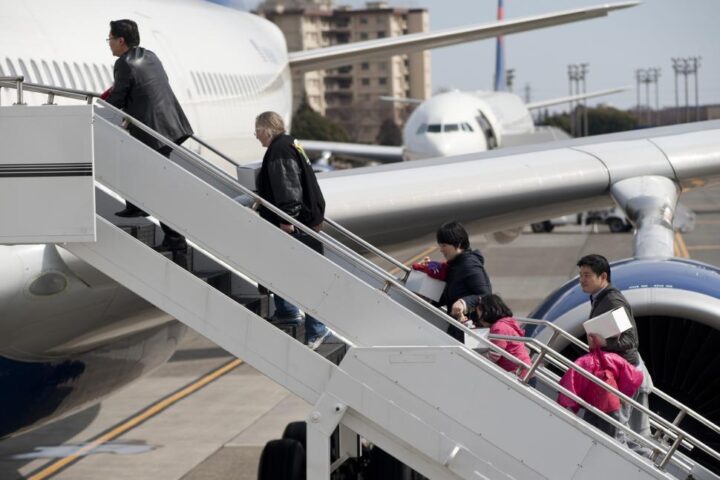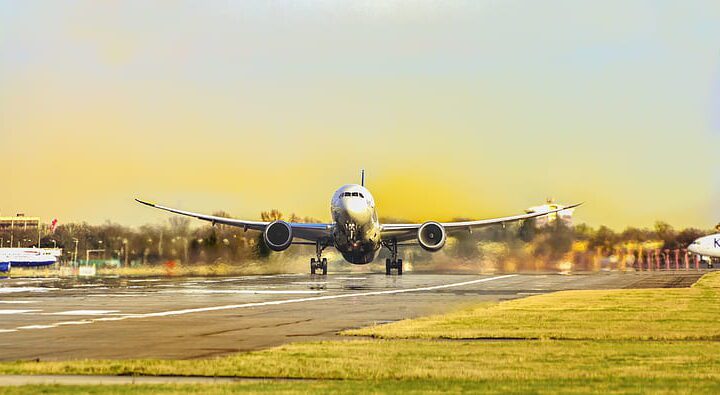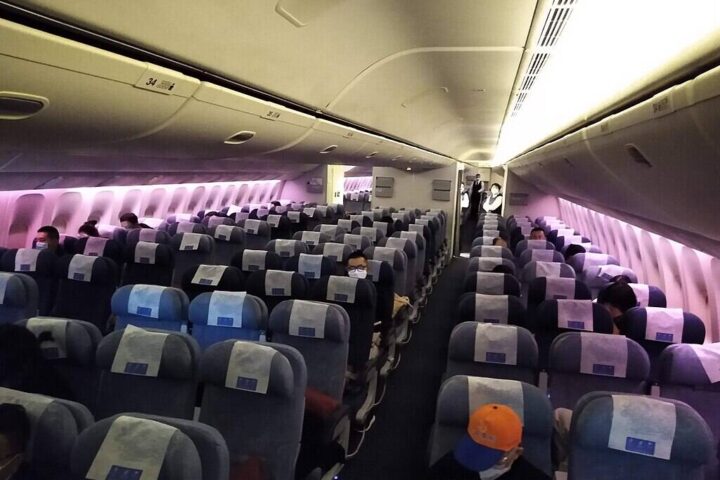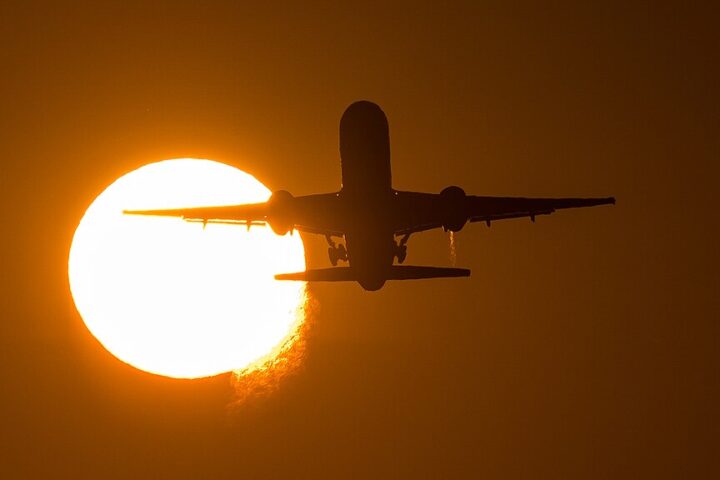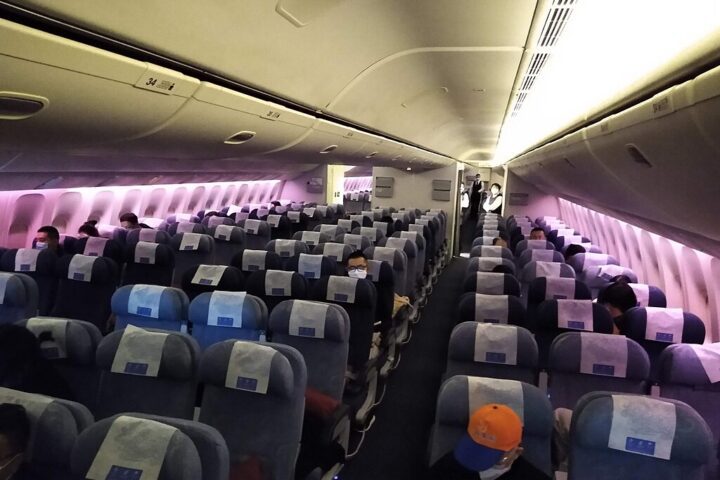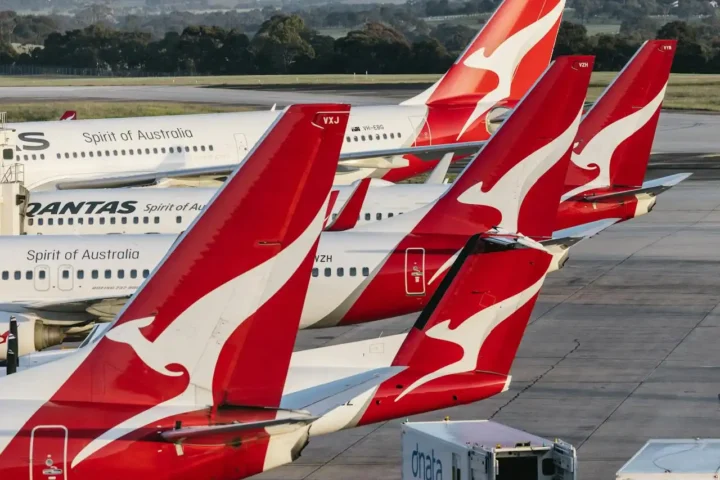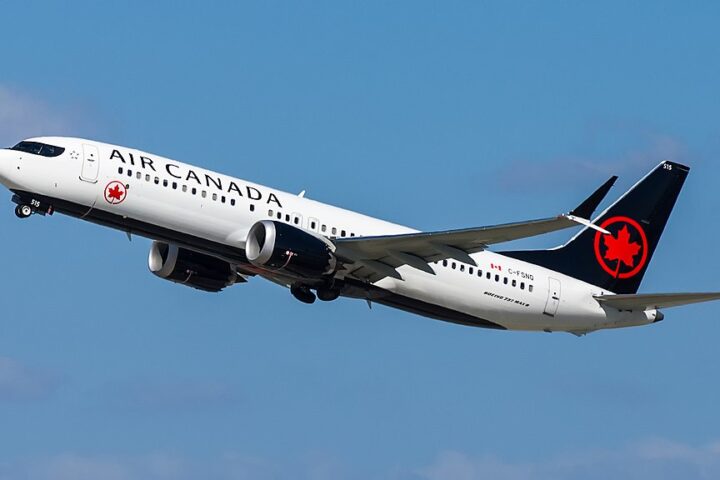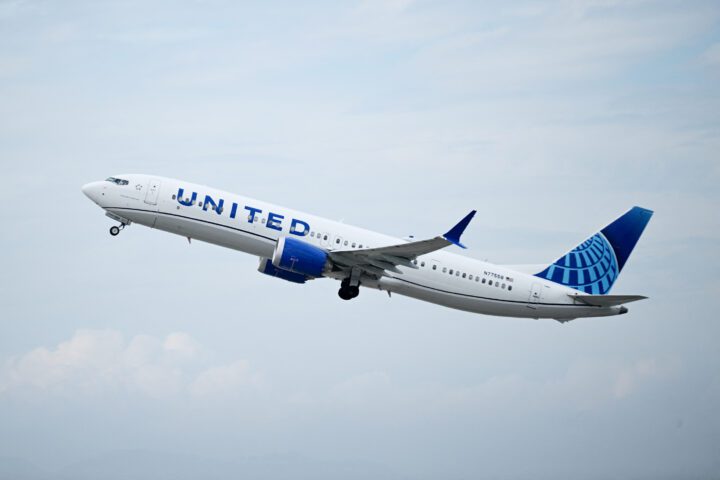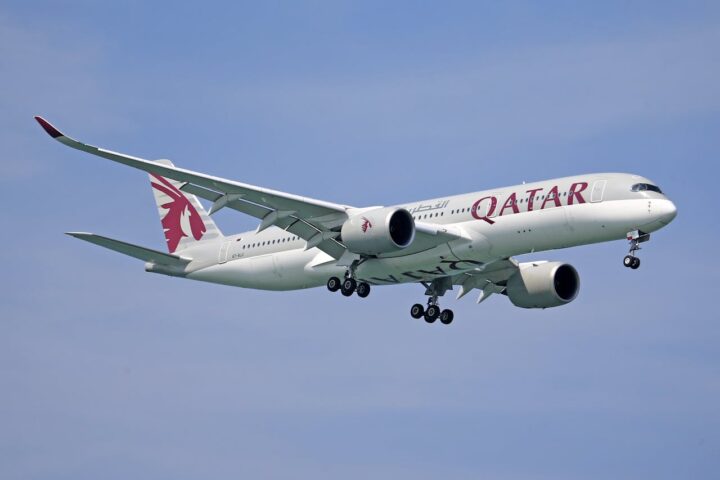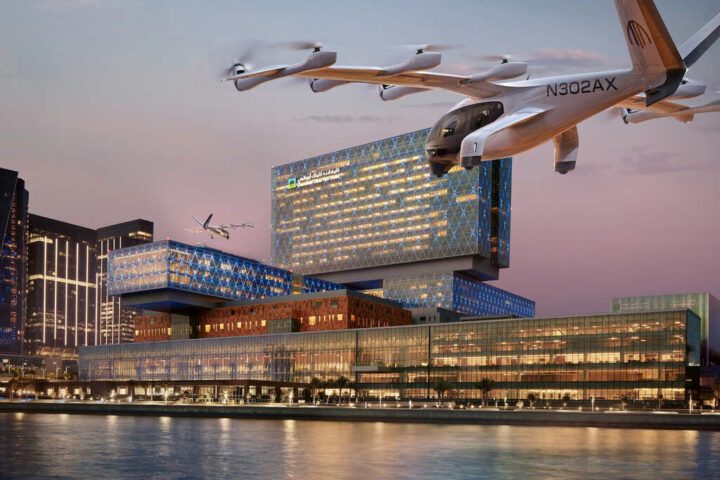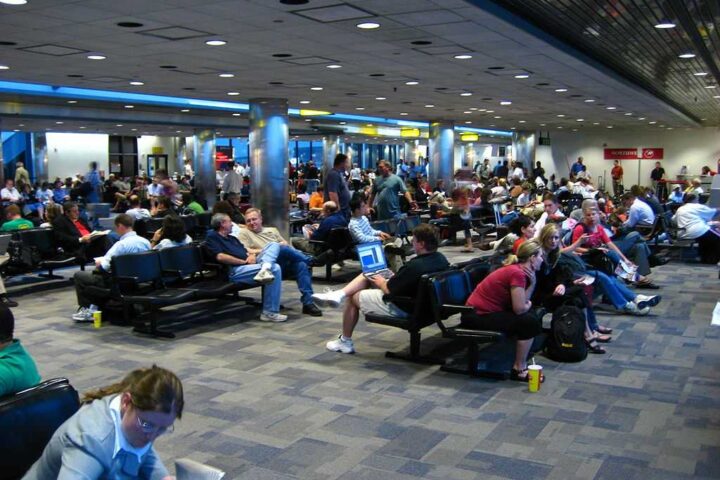Defense giant L3Harris Technologies and air taxi maker Joby Aviation announced Friday they’re teaming up to build a new military aircraft. The partnership combines Joby’s flying technology with L3Harris’s defense systems expertise.
The aircraft they’re developing isn’t your typical military vehicle. It’s a gas turbine hybrid that can take off and land vertically like a helicopter (known as VTOL) but doesn’t need conventional runways. What makes it particularly valuable to the military is its dual capability – it can be flown by a pilot or operate completely autonomously without anyone on board.
“The next-generation of vertical lift technology enables long-range, crewed-uncrewed teaming for a range of missions,” explained Jon Rambeau, who leads Integrated Mission Systems at L3Harris.
This new military aircraft builds on Joby’s S4 platform, which the company originally developed as an electric air taxi for urban transportation. For military use, they’re modifying it with a gas turbine hybrid engine that provides greater range than the all-electric version.
Flight testing is set to begin this fall, with military demonstrations planned for 2026 during government exercises. The companies have been working quickly to move from concept to actual testing.
Similar Posts
Joby’s CEO JoeBen Bevirt highlighted their existing military connections: “We have worked closely with the Department of Defense over the past decade to give them a front row seat to the development of our dual-purpose technologies, and we’re now ready to demonstrate and deploy it.”
The partnership targets three key military applications: contested logistics (delivering supplies to hard-to-reach locations), counter-drone operations, and electronic warfare. Paul Sciarra, Joby’s executive chairman, called these the “lowest hanging fruit” for their technology.
Joby has already proven its hybrid technology can go the distance. In June 2024, they completed a 561-mile flight using a hydrogen-electric hybrid system – more than double what their battery-electric prototype could achieve.
The aircraft aims to fill a crucial military need for smaller, more adaptable aircraft that can operate in challenging environments where traditional aircraft can’t easily access. Its ability to switch between human-piloted and autonomous operation gives military planners more flexibility for different mission types.
This move into defense applications comes as Joby continues developing its commercial air taxi service. The market has responded positively to both companies’ efforts – Joby’s stock has climbed over 100% this year, while L3Harris shares have increased 30% in 2025.For the military, this technology represents a potential breakthrough in how they move people and equipment in complex battlefield environments, particularly in remote areas where conventional aircraft face significant limitations.
